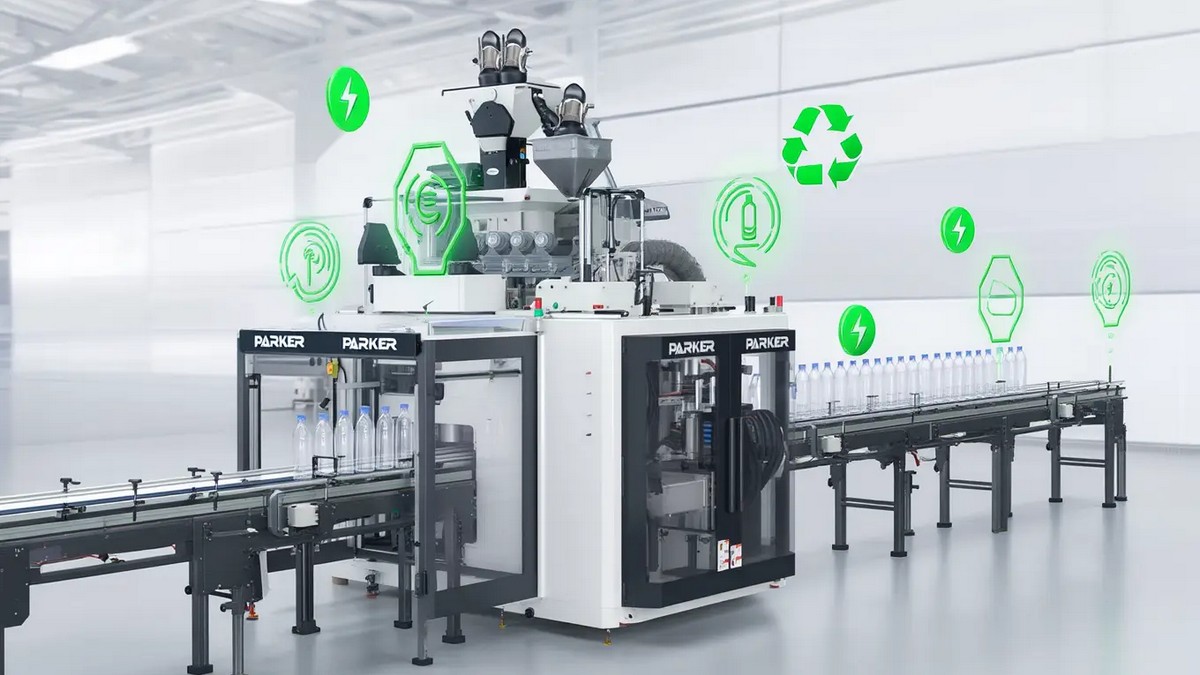Insights
Modern respiratory care devices are no longer simple assistive tools. From resuscitators to anesthesia masks, today's devices prioritize patient safety, clinical efficiency, and ease of use. With innovations in design, integrated sensors, and smart monitoring, these devices help clinicians manage airways effectively, reduce complications, and improve treatment outcomes across hospitals, ICUs, and emergency settings.
2025-12-05 09:59:55
The global Printed Circuit Board (PCB) industry is undergoing rapid transformation, fueled by technological upgrades, supply chain restructuring, and rising demand from high-performance electronics. With the market expected to grow from USD 80.3 billion in 2024 to USD 96.5 billion by 2029, manufacturers must focus on improving production stability, chemical reliability, and environmental compliance to stay competitive.
2025-12-02 08:55:02
BI-FIT Composite Board offers a sustainable, high-performance alternative to traditional shoe and board materials by combining recycled plastics, adhesive-free construction, and durability to reduce environmental impact.
2025-12-01 09:37:08
Choosing the right Ball Bearing Drawer Slide is essential for smooth operation, reliable load support, and long-lasting performance.
2025-11-25 15:49:50
As global industries demand higher performance and reliability, Taiwan’s industrial valve manufacturers combine engineering excellence, rigorous quality control, and international certifications to deliver solutions trusted worldwide.
2025-11-24 12:19:56
A new generation of patented concrete screws is helping contractors cut installation time, reduce rework, and improve jobsite safety—all without sacrificing load performance.
2025-11-20 08:41:35
Opening a bubble tea shop is exciting, but the reality is built on a complex, global supply chain.
2025-11-19 10:34:54
The following article reviews how Plastic Blow Molding Machines are being adapted to process higher shares of recycled plastics (PCR and mechanically/chemically recycled streams). It evaluates machine design trends—full-electric drives, multi-layer co-extrusion, accumulator systems—and summarizes implications for manufacturers and brand owners. Key industry players are highlighted for context.
2025-11-17 14:25:32
Industrial process engineers are increasingly adopting seal-less magnetic drive pumps to enhance system safety and reliability. Unlike traditional pumps that rely on mechanical seals, magnetic drive pumps offer a fully enclosed structure that eliminates leakage risks—a major advantage when dealing with corrosive or toxic liquids.
2025-11-17 11:58:20
In structural engineering projects such as bridges, high-rise buildings, and industrial facilities, the accurate cutting of H-beams and I-beams is vital for ensuring safety and structural integrity. Fabricators utilize a variety of cutting methods to meet project demands, including laser cutting, plasma cutting, water jet cutting, and large band saws.
2025-11-14 09:45:49
Hot Topic
Agree









.png)